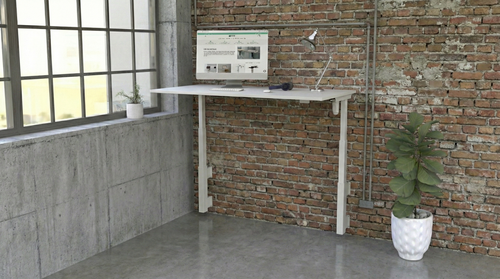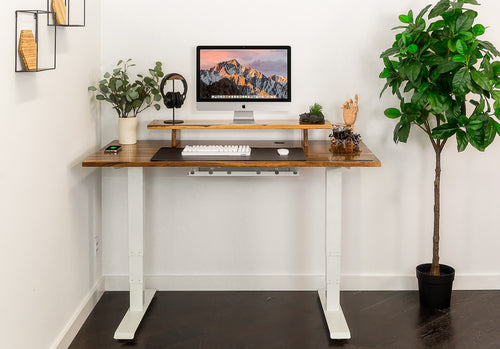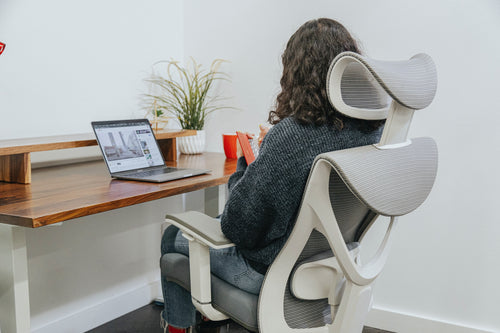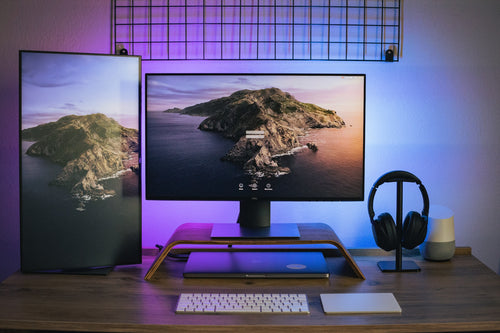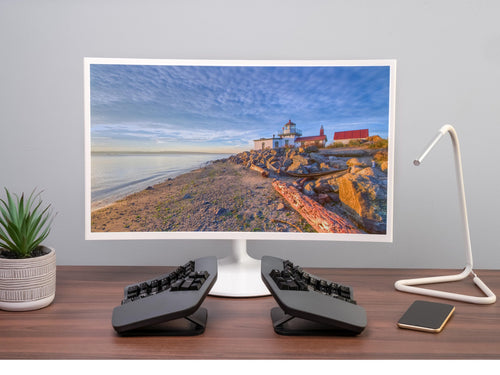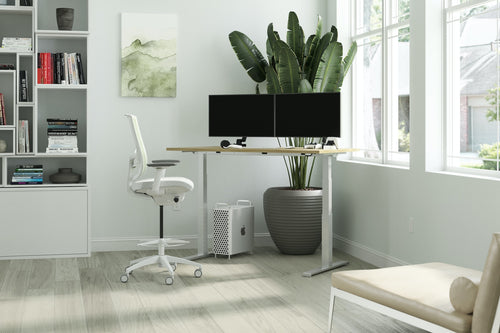Welcome to our latest blog post where we'll be discussing the importance of optimal monitor placement for a healthy workspace. If you're like most people, your day likely involves hours upon hours of staring at a computer screen for work or leisure. But did you know that improper monitor placement can lead to a whole host of health problems, including eye strain, headaches, neck pain, and even back pain?
In this post, we'll be taking a deep dive into the art and science of finding that perfect monitor placement. We'll cover everything from the ideal distance between your eyes and your screen to the proper height and angle of your monitor. Plus, we'll share some tips and tricks for creating a comfortable, ergonomic workspace that promotes good posture and reduces the risk of injury.
If you're ready to take your workplace health to the next level, this post is for you. So sit back, grab a cup of coffee, and let's get started!
Sitting in front of a poorly positioned monitor for hours can have detrimental effects on your body. Improper monitor placement can lead to strained neck muscles, shoulder tension, and eye fatigue. Research has shown that tilting your head downward by just 15 degrees increases the strain on your neck significantly. Adopting proper monitor placement can promote a neutral neck and head position, reducing strain on your muscles and joints.
To achieve optimal monitor placement, follow these ergonomic guidelines:
- Eye Level Positioning: Position your monitor at eye level to ensure that your gaze is naturally directed straight ahead. This helps to maintain a neutral neck and spine alignment.
- Distance from the Screen: Sit at a comfortable distance from your monitor. A general rule of thumb is an arm's length away, with your eyes positioned around 20 inches from the screen.
- Tilt Adjustment: Adjust the tilt of your monitor to minimize glare and reflections. Tilt it slightly backward to reduce strain on your eyes.
Proper monitor placement offers a range of benefits for your health and productivity:
- Reduced Eye Strain: When your monitor is positioned correctly, it reduces the need for your eyes to constantly refocus, reducing eye fatigue and strain.
- Alleviated Neck and Shoulder Pain: By maintaining a neutral head and neck position, you can prevent muscle tension and discomfort in these areas.
- Enhanced Focus and Productivity: Optimal monitor placement allows you to maintain a comfortable and ergonomic posture, enabling you to stay focused and productive for longer periods.
Optimal monitor placement is just one aspect of creating a healthy and ergonomic workspace. Here are some additional tips to consider:
- Chair Height: Adjust your chair height so your feet rest flat on the floor, promoting proper posture and blood circulation.
- Keyboard and Mouse Placement: Position your keyboard and mouse at a height that allows your wrists to remain straight, reducing the risk of repetitive strain injuries.
- Incorporate Breaks and Stretches: Take regular breaks to stand up, stretch, and give your eyes and body a rest from prolonged screen time.
In a digital workspace, eye care is of utmost importance. Here are some strategies to reduce eye strain:
- The 20-20-20 Rule: Every 20 minutes, take a 20-second break to look at something 20 feet away. This helps relax your eye muscles and reduce eye fatigue.
- Adjust Display Settings: Optimize your monitor's brightness, contrast, and colour temperature to suit your environment and reduce eye strain.
Optimal monitor placement is essential for maintaining a healthy and comfortable workspace. By following ergonomic guidelines, you can reduce the risk of eye strain, and neck and shoulder pain, and improve your overall well-being. Take a moment to assess your current monitor setup and make the necessary adjustments. Your body will thank you, and you'll enjoy the benefits of a perfect view that supports your productivity and long-term health.



